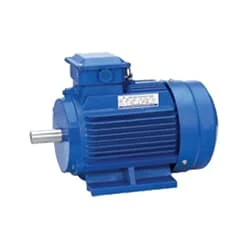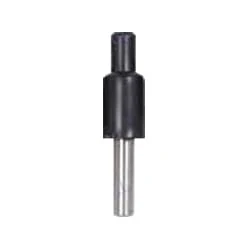Water Level Controller Wiring Diagram:
This diagram shows how to connect a Water Level Controller Wiring Diagram. In this circuit diagram, we just try to describe simply how to connect a Water Level Controller Wiring Diagram Motor loads like. This diagram is for single-phase motor wiring. So you can wire your house or office like this diagram very easily. If you want to learn how to connect this circuit clearly you can follow our youtube video link in below.
Diagram of Water Level Controller Wiring Diagram:
Components Need for this Project:
You can get the components from any of the sites below:
- 1-Phase Motor [See Buy Click Amazon]
- Water Level Controller [See Buy Click Amazon]
- Water level Sensor [See Buy Click Amazon]
Read Also:
Components used to make the Water Level Controller Wiring:
01. 1-Phase Motor
 |
| Fig 2: 1-Phase Motor |
02. Water Level Controller
 |
| Fig 3: Water Level Controller |
03. Water level Sensor
 |
| Fig 4: Water level Sensor |
Thank You for visiting the website. Keep visiting for more Updates
Frequently Asked Questions
Water was supplied from the water mains into the ground tank pumped up to the elevated tank, or then distributed to each floor. When the water level in the elevated tank is low, water is pumped from the ground tank to supplement it. When the water level reaches a certain level the pump stops.
It displays the level of the water and when it is the lowest level; a pump is activated automatically to refill the tank. When the tank was filled to its maximum capacity, the pump is automatically de-energized.
Marking directly from the fluid level was the most accurate approach to using a water level. However, you could also clamp the first end at a convenient height and measure up and down to the target level. Then, on the end whose level you're setting, just measure the same distance or mark.
A water level controller helps save money by limiting the waste of water and electricity devices. These devices accurately regulate how much energy is used to protect against any unnecessary water or electricity usage. Over time, the money saved was quite substantial.
When the water level reaches a higher level, the motor automatically gets switched off. Auto off when the tank is full or the sump is empty. This model has dry run protection so it only starts the motor if water is present in the Underground tank of the sump. Suitable for 0.1 HP and 2.0 HP motors. Motor ON OFF LED indication provided.


Post a Comment
Do leave your comments